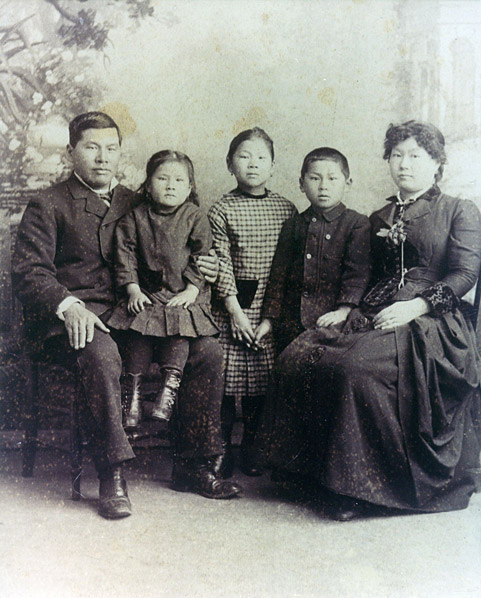The Daily Mail
London, England
2016-06-17
James Tozer, Chris Greenwood, Andy Dolan, and Claire Duffin For The Daily Mail
Richard Spillett, Stephanie Linning, and Lucy Crossley for MailOnline
- Detectives were last night questioning Thomas Mair over Jo Cox’s murder
- US civil rights group say their records show he bought far-Right books
- Claims the quiet loner had been recently released from psychiatric care
- Mair was brought up by his grandmother and lived in his childhood home
- Half-brother says Mair never expressed any ‘racist tendencies’, adding: ‘I’m mixed race and I’m his half-brother. We got on well’
The man suspected of killing Labour MP Jo Cox previously bought a book on how to make a handgun, it was claimed this morning.
Thomas Mair has been described as a loner who was ‘socially isolated and disconnected from society’ as a result of long-term mental illness.
Detectives were last night questioning 52-year-old Thomas Mair, amid fears he was motivated by Mrs Cox’s political campaigning.
Documents obtained from a US far-right group show a 1999 receipt for a manual on how to build a homemade gun with Mr Mair’s name and address on the top…
…Duane St Louis, age 41, the suspect’s half-brother and Mary’s son with second husband Reginald St Louis, said Mair had obsessive compulsive disorder and cleaned himself with Brillo pads because he was ‘obsessed with his personal hygiene’.
Reginald, who is believed to be from Grenada, and Mary had married when Mair was around 16. The couple lived with Duane and Mair’s younger full brother Scott, while Mair stayed with his grandmother. Reginald died in the 1980s. It is not known if Mair’s father, named locally as James, is still alive.
Speaking from his home in Dewsbury, West Yorkshire, he added: ‘He’s never expressed any views about Britain, or politics or racist tendencies. I’m mixed race and I’m his half-brother, we got on well. He never married. The only time I remember him having a girlfriend was as a young man, but a mate stole her off him. He said that put him off [women] for life.’…
Read the entire article here.


